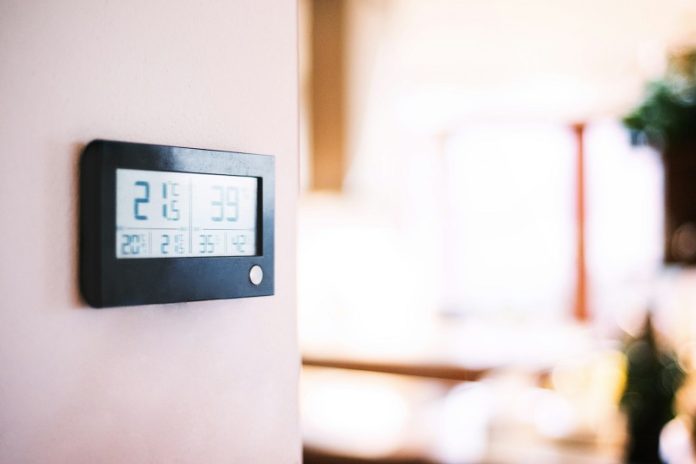
Researchers at the University of Waterloo have developed a powerful new way to detect dangerously high indoor temperatures during heatwaves—conditions that can be deadly for vulnerable people.
Using data from Wi-Fi-connected smart thermostats, the team tracked indoor temperatures across North America between 2015 and 2024.
Their goal: to identify households at risk before temperatures become life-threatening.
While Canadian laws require landlords to provide heat in the winter, there are currently no legal rules for keeping homes cool during extreme summer heat.
This lack of protection can be dangerous, especially for people who spend most of their time indoors, such as older adults, those with chronic health problems, people with disabilities, and pregnant individuals.
The research was led by the Ubiquitous Health Technology Lab (UbiLab) at Waterloo and used machine learning—a type of artificial intelligence—to analyze data from smart thermostats.
Their study, published in Digital Health and Informatics Innovations for Sustainable Health Care Systems, offers a glimpse into how AI could help prevent heat-related illness and deaths.
Dr. Jasleen Kaur, one of the researchers, pointed out that during the deadly heatwave in British Columbia in 2021, 98% of the 619 deaths happened inside people’s homes.
The team is now working on tools like real-time dashboards and an early-warning system to alert both the public and emergency services when indoor heat reaches dangerous levels.
Experts define temperatures above 26°C for more than eight hours as a level one health threat. If temperatures rise above 31°C for the same amount of time, the risk becomes even more severe—what the researchers call a level two threat.
The new system could help local governments, health agencies, and emergency responders know exactly where help is needed most.
For example, if a neighborhood shows dangerously high indoor temperatures, officials could send out cooling tools like fans or check in on residents at risk.
Dr. Plinio Morita, director of UbiLab, said that while not everyone can afford a smart thermostat, public health programs and government subsidies could make them more accessible. Long-term solutions might also include investing in green infrastructure or offering financial support to communities that lack air conditioning.
Morita also emphasized the need for better public communication. While smart technology and social media offer ways to share important health information, climate change misinformation continues to create barriers.
In the future, this research could help make Canada’s response to heatwaves smarter and faster—potentially saving lives by predicting danger before it strikes.



